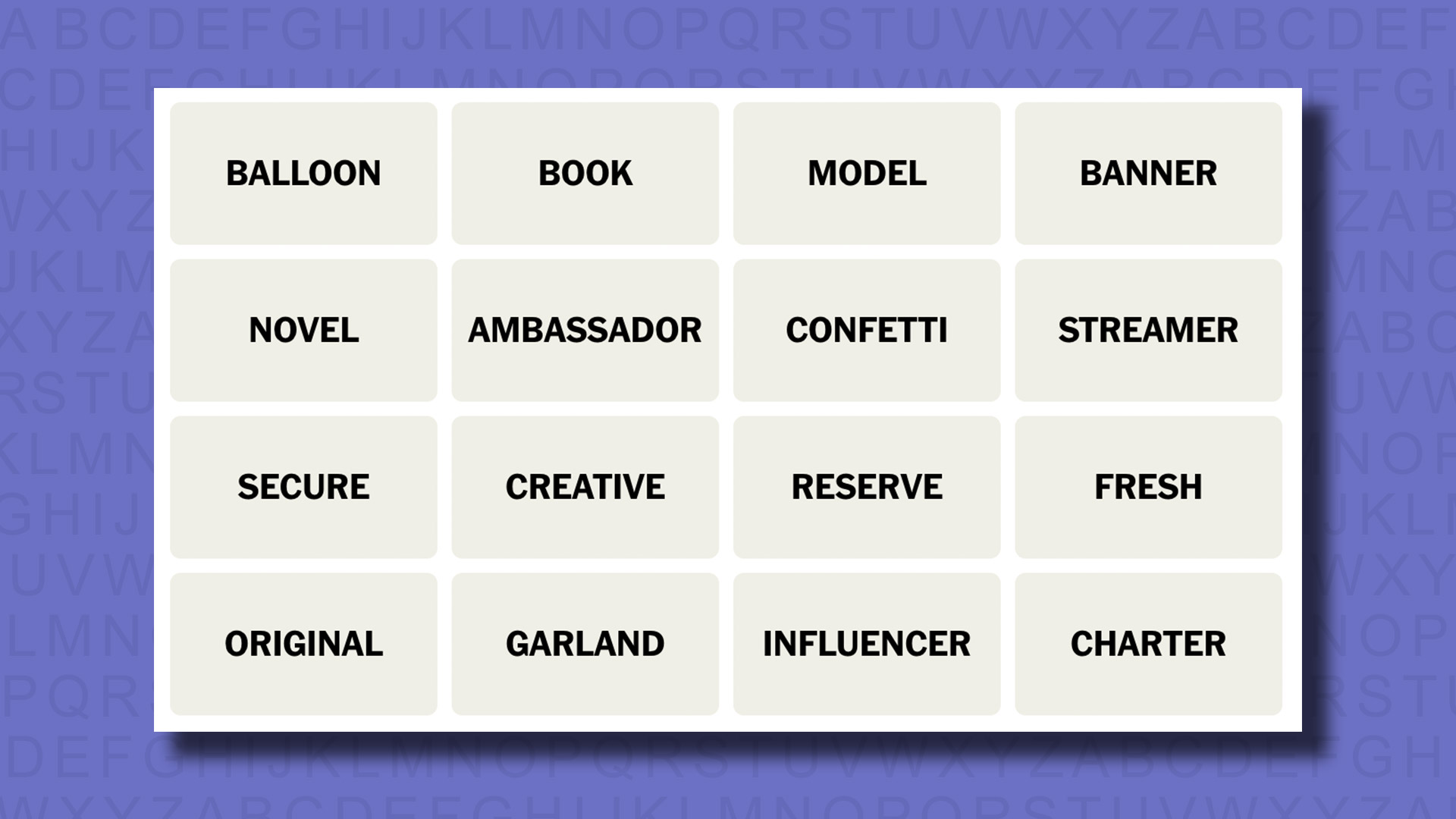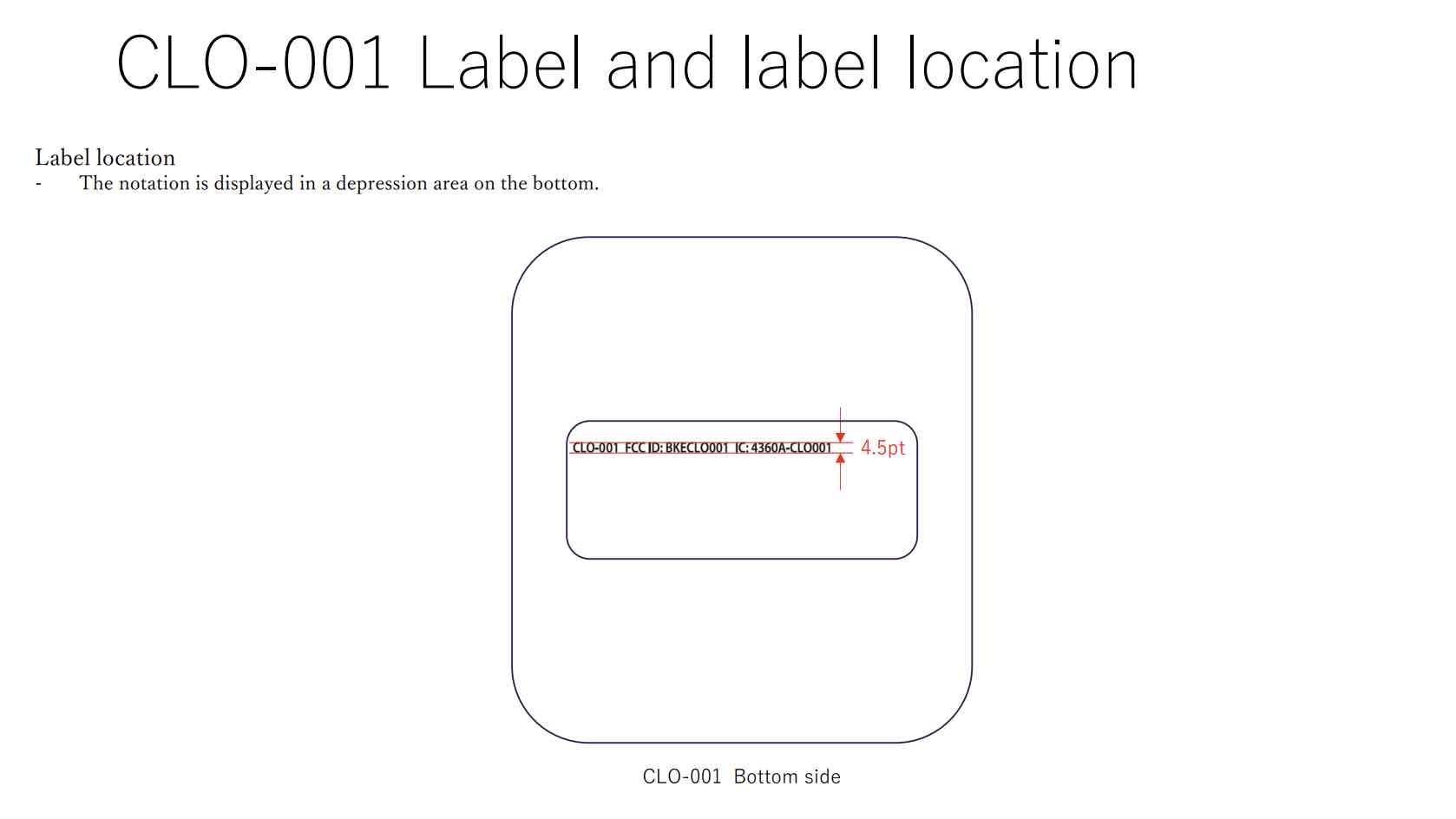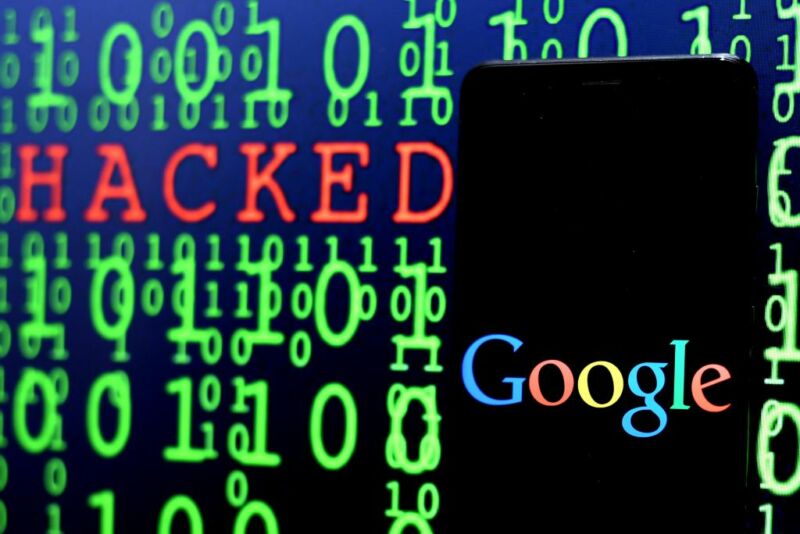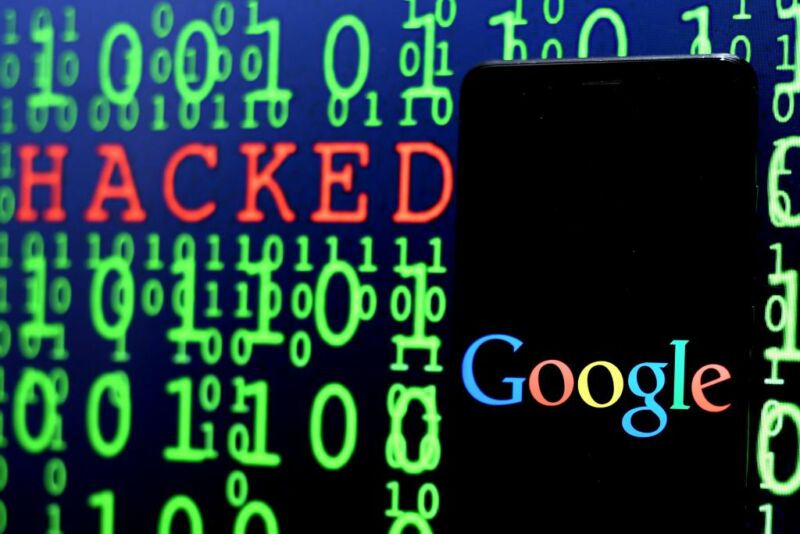Go Here to Read this Fast! Everything coming to Max (formerly HBO Max) in October 2024
Originally appeared here:
Everything coming to Max (formerly HBO Max) in October 2024
Go Here to Read this Fast! Everything coming to Max (formerly HBO Max) in October 2024
Originally appeared here:
Everything coming to Max (formerly HBO Max) in October 2024
The days of the “@[insert username] blocked you” page appear to be over. X owner Elon Musk announced a new change to the platform’s blocking feature allowing blocked users to see posts of the accounts that blocked them.
Blocked accounts still won’t be able to interact with those accounts but they’ll be able to see their posts. A source from X told The Verge the new blocked access feature is being implemented because users can already see and interact with accounts that have blocked them by switching to a non-blocked account.
Musk has wanted to disable the block feature on X for awhile now. More than a year ago, he first expressed his disdain for blocking on X (or technically, Twitter) except for direct messages. He wrote that blocking would become “deleted as a ‘feature’” as well as saying “It makes no sense.”
Last May, X’s Engineering account announced it would implement the blocked viewer change to the platform without including a solid implementation or rollout date. The post said the change would be implemented to give users with blocked accounts the ability to “identify and report any potential bad content that you previously could not view.”
This article originally appeared on Engadget at https://www.engadget.com/social-media/x-is-nerfing-the-block-button-blocked-users-will-be-able-to-see-your-posts-214928396.html?src=rss
Originally appeared here:
X is nerfing the block button: Blocked users will be able to see your posts
Google TV is an easy to use operating system that provides access to all of the best streaming services in one centralized location. But even if your smart TV runs a different OS, you can get access to Google TV easily by buying a Chromecast for as little as $30, or a new Google TV box for closer to $100. You may also not know that if you use a VPN with your Google TV set or Chromecast, you can access even more content. Here’s how to set up a VPN on Google TV or a Chromecast and why you may want to use one.
For streaming purposes, VPNs have one clear benefit: spoofing your IP address to that of a different country so that you can access geo-restricted content. If you use a VPN and connect to a different country’s server, you can access its content library on any streaming platform.
Let’s say you live in the US but want to watch some award-winning BBC documentaries on the BBC iPlayer streaming service. All BBC iPlayer content is free if you live in the UK, but blocked everywhere else. Using a VPN, you can connect to a UK VPN server and stream to your heart’s content.
VPNs also have considerable security benefits if you use them on your smartphone or PC. Purchasing a single subscription means you can use your VPN on any supported device, so we recommend you purchase one for its flexibility.
Google TV doesn’t have many apps to install compared to other smart TV systems like Amazon’s Fire TV OS. Although this may seem like a disadvantage, it’s actually a blessing in disguise.
With VPNs, you want to ensure you invest in a quality and trustworthy product. There are many untested or free VPNs available that sell your data or falsify their encryption claims. Although this might not be a huge issue for streaming purposes alone, it generally poses massive security and privacy risks.
When installing a VPN on Google TV or Chromecast, we recommend the following VPN services:
We also have a guide to the best VPNs where we explain why we recommend them.
It’s easy to use a VPN on your Google TV (and perhaps even easier on a Chromecast). Here’s a step-by-step guide on how to install one:
Navigate to the Google Play Store on your Google TV.
Search for the VPN you want to install (alternatively, search for the keyword “VPN” to view your options).
Install the VPN.
Log in or sign up.
Navigate the country server list and connect.
Note that you can use your VPN on as many devices as it supports. So, once you’ve purchased a subscription, it’s wise to download it on as many platforms and devices you can to maximize your investment.
If you have a Chromecast, you can still enjoy the benefits of a VPN — you just need to use your smartphone or laptop in tandem with the streaming device. Here’s how to do it:
Install a VPN on your smartphone or laptop.
Make sure your Wi-Fi is enabled.
Turn on the VPN on your smartphone/laptop.
Connect your smartphone or laptop to your TV via Chromecast.
Begin streaming your content.
Additional tip: VPNs also work with screencasting. As long as your smart TV is under the same Wi-Fi as the device you’re screencasting from, you can use the VPN securely.
Don’t have Google TV? Good news: Robust VPN options (or alternatives) exist for the other major streaming platforms, too.
How to use a VPN to stream with Fire TV (coming soon)
This article originally appeared on Engadget at https://www.engadget.com/cybersecurity/vpn/how-to-stream-using-a-vpn-on-your-google-tv-or-chromecast-140619331.html?src=rss
Go Here to Read this Fast! How to stream using a VPN on your Google TV or Chromecast
Originally appeared here:
How to stream using a VPN on your Google TV or Chromecast

Originally appeared here:
NYT Strands today — hints, answers and spangram for Tuesday, September 24 (game #205)


Originally appeared here:
NYT Connections today — hints and answers for Tuesday, September 24 (game #471)




Go Here to Read this Fast! NYT Wordle today — answer and hints for game #1193, Tuesday, September 24
Originally appeared here:
NYT Wordle today — answer and hints for game #1193, Tuesday, September 24


Go Here to Read this Fast! OpenAI CEO: We may have AI superintelligence in “a few thousand days”
Originally appeared here:
OpenAI CEO: We may have AI superintelligence in “a few thousand days”


Go Here to Read this Fast! 11 million devices infected with botnet malware hosted in Google Play
Originally appeared here:
11 million devices infected with botnet malware hosted in Google Play